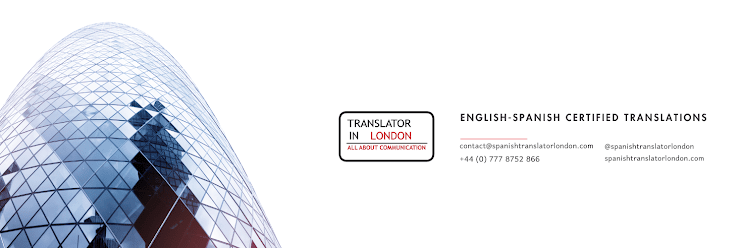MARKETING
TOOLKIT FOR TRANSLATORS | The Language Show 2018 |
Last November, I presented a seminar at The Language Show with my
colleagues Martina Eco, from 3P Translation and Vasiliki Prestidge from Greek to Me Translations.

We focused on Marketing Strategies, Tools and Branding.
Martina emphasised the importance of having a marketing plan and
following a strategy in your business as a freelancer. She posed
thought-provoking questions and excellent examples of how the right channel can
bring you the clients you are looking for. Vasiliki listed a number of
useful tools that could inspire freelancers with ideas for blogging, help them
save time, design attractive digital materials and increase their online
visibility.
I explored the idea of WYSIWYG Branding.
Branding may be considered as a concept which combines your business
personality with the public perception resulting from the way you define and
present yourself. However, defining your business personality, from my point of
view, means focusing more on your essence than on what the others will think of
the image you project. If your essence is in conflict with the Brand you are
creating, you will end up forcing yourself into a fake standard that may feel
too uncomfortable to embrace. The public might sense that your Brand is not
consistent with your personality and may distrust your offer. However, if you
ask yourself questions relevant to your essence, the value you offer, the ways
in which you shine, the strengths of your character, the projects that fill you
with enthusiasm and the uniqueness of your experience, you will create a Brand
that is authentic and the best version of yourself.
I did not mean that public perception had to be disregarded in
branding. On the contrary, it should be taken into consideration as a means to
an end. Through the definition of your brand, you may gain an insight on the
best clients you would like to work with. Therefore, finding the right channels
to connect with them, the problems you may solve for them and the reasons why
they would choose you as their preferred service provider, means you will be
analysing aspects of public perception to your own advantage.
WYSIWYG
Branding is a concept I created to highlight the aspects
which work best in branding. WYSIWYG [What you see is what you
get] implies that your Brand is genuine and true to your
personality, values, interests. This triggers confidence because your image is
in alignment with the best of yourself. As a result, you deliver what you
promise and your clients expectations are fulfilled, leading to relationships
of trust and repeated business in the future.
Another aspect of Branding I talked about, was
related to the visual identity of a Brand. I focused on the following
components:
1.
Name: As a translation professional, the name of a
Brand should be easy to pronounce in the languages you work with. You should
check that the name is not used already, that the domain for a website is
available or that a similar name is not taken by other business, or on
social media platforms.
2.
Tagline: Although it is an optional component of a
brand, the tagline may prove very useful if you would like to emphasise in a
few words (no more than 5) the mission of your business, the date when it
started, or where it is located. The tagline for 'Translator in London' is 'All
About Communication' and although I chose it for personal reasons, which I
explained at the Show, that tagline turned out to be the foundation of my
business and of my personal life.
3.
Colours: Different colours may be associated with
different business personalities. It is advisable to use a colour scheme
consistently throughout different channels so that the colours of your brand
immediately trigger an association with you in the mind of the general public.
Marketeers also recommend that you use two main colours with a touch of a third
one in all your graphic content.
4.
Logo: Even if you are not keen on design, you may
use tools such as Hatchful byShopify to create your own logo, to edit it and to have it available for
publication on different platforms. Another effective tool you could use for design
is Canva.
Last, but not least, the message of your
brand will be conveyed through Content. When you develop content, you should
think of what your potential clients would like to read. How relevant will the
content you publish will be to them? What sort of information will make their lives
easier? If the content is relevant and valuable, the possibilities of engaging
a greater number of clients will be higher.
If you have any other ideas relevant to marketing and branding, business personality, public perception and image identity, please leave your comments below!
If you have any other ideas relevant to marketing and branding, business personality, public perception and image identity, please leave your comments below!
For inspiring questions and more information on
this topic, have a look here at the slides of our presentation.




Comments
Post a Comment